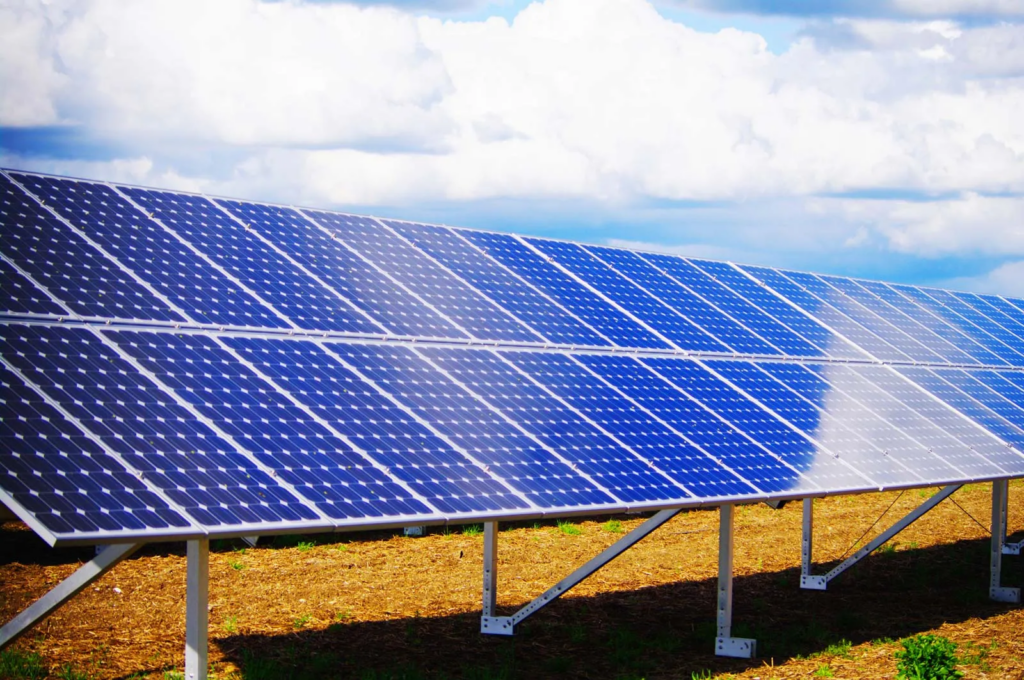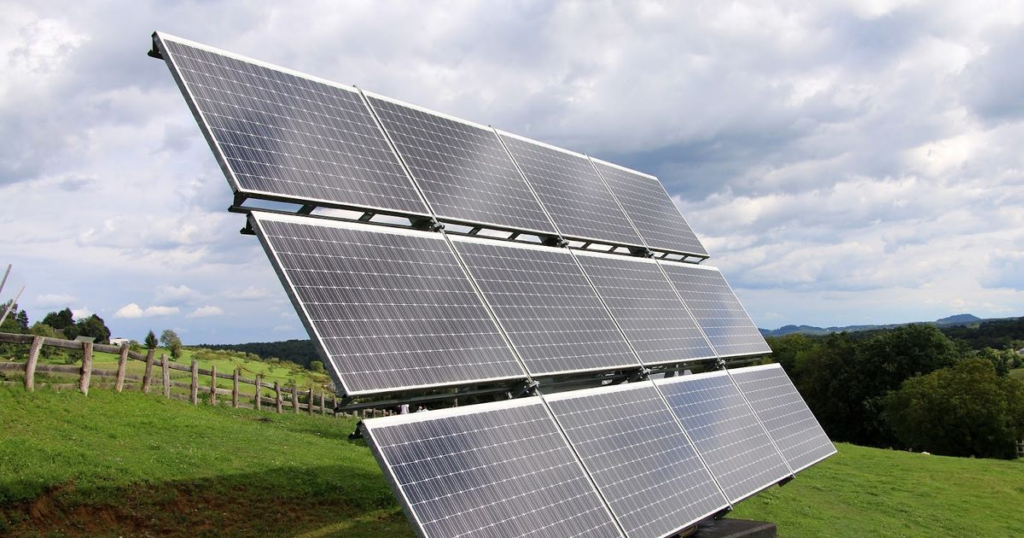We have kinetic, potential, chemical, and acoustic energy. Each contains qualities and fuel processes that make life possible, such as driving or lighting a fire.
The Sun provides Earth’s energy. The Sun keeps Earth alive. sun panels convert sun energy into electricity.
Solar panels function how? Solar energy and PV technologies are explained here.
Solar energy?
Sunlight powers solar energy. Fusion creates it.
Stars generate energy through nuclear fusion. Hydrogen molecules clash at the sun’s core owing to pressure and density. This collision creates helium. These molecules combine and release energy.
Waves and particles from the sun travel across the solar system. National Geographic says electromagnetic radiation causes heat, light, and energy.
Solar energy sustains weather, wind, plant, and animal life.

Solar panels function how?
PV panels turn sunlight into electricity. According to the Office of Energy Efficiency and Renewable Energy, every hour and 30 minutes of sunshine powers Earth for a year.
Sunlight emits photons. Solar panels collect energy from sunshine.
According to the Office of Energy Efficiency and Renewable Energy, PV cells in solar panels generate one to two watts apiece. Like batteries, semiconductor cells have negative and positive receptors. Solar arrays contain solar panels.
Sunlight excites semiconductors in the PV cell. It generates electricity. The cell collects and releases power.

Each panel generates power based on cell count: More PV cells mean more electricity.
Sun heat?Learn about the star’s searing surface and core temperatures.
Solar energy—renewable?
Solar is renewable. “The cleanest and most abundant renewable energy source available,” according to the Solar Energy Industries Association.
Solar power may generate heat or electrical energy.
According to the UN, renewable energy includes wind, geothermal, hydropower, ocean, and bioenergy.
